The whole world is descending into chaos due to climate change. Glaciers are melting, and the air becomes unbreathable by the day. This calls for action and various countries, organizations, and people have joined hands for the same. Scientists and engineers are looking into making daily life sustainable and eco-friendly. New and old options are being explored to ensure minimal or no harm to the environment without compromising the human needs and luxuries. One of such areas is maintaining suitable temperatures through air conditioning. It can be achieved through sustainable methods such as geothermal heat pump installation.
What Is A Geothermal Pump?
A geothermal pump is a multi-purpose system and is often referred to as Geothermal HVAC or heating, ventilating, and air conditioning. It uses geothermal energy for various functions and helps maintain suitable temperatures in all weather conditions. It uses the subterranean temperatures to provide both cooling and heating. Therefore, it can replace the existing air conditioning without any compromises.
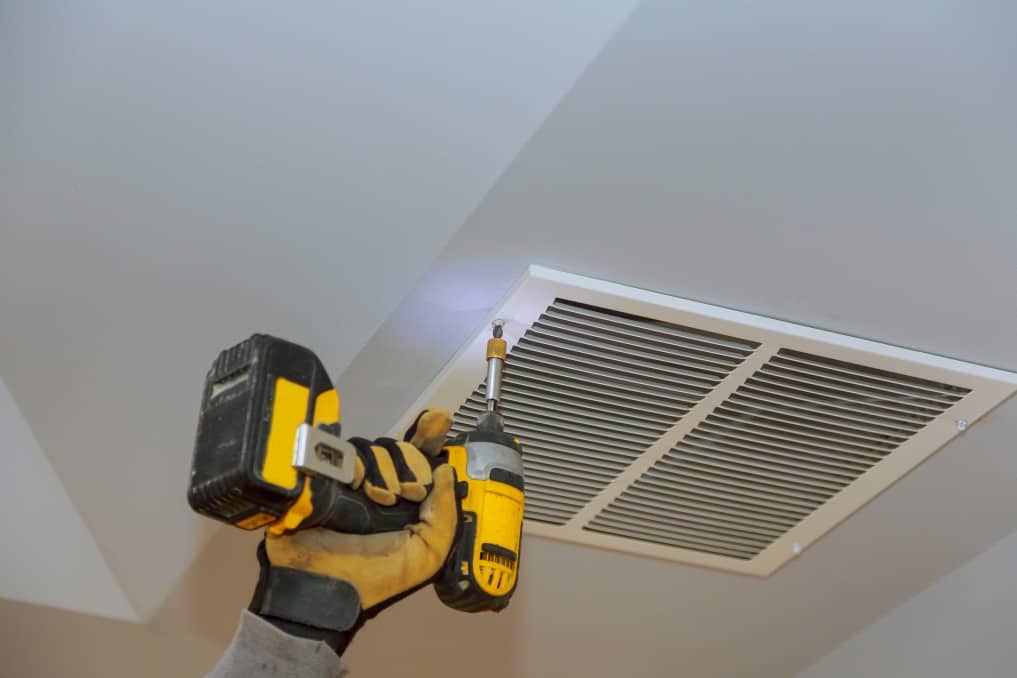
Geothermal energy is renewable and readily available. The installation of a residential geothermal pump is cheap. It is a one-time investment but helps save on future costs. Unlike appliances, it does not require a complex working mechanism. Moreover, it does not require maintenance or much knowledge of installation and usage. It works as a usual air conditioning system but without requiring much power.
Therefore, it becomes the ideal option for air conditioning.
A geothermal pump is a safe and efficient solution to air conditioning. In a step towards a better future, every aspect of life needs to be environmentally friendly. Such reliable means that make use of renewable energy are the answer to increasing demands of resources. There are a few requirements to be met to install the pump. With the help of contractors, the job can be achieved quickly.
How Does A Geothermal Pump Work?
Despite being eco-friendly, people often have their doubts. The heat could be scorching, or the cold winds could be deadly. Therefore, people would preferably depend on the tried and tested heating and air conditioning systems. By getting a fair idea about the working of a residential geothermal pump, they can make a well-informed decision. The system has been around for long but is employed less. This is because the initial cost of installation is high, but the system saves significantly on power during its lifetime.
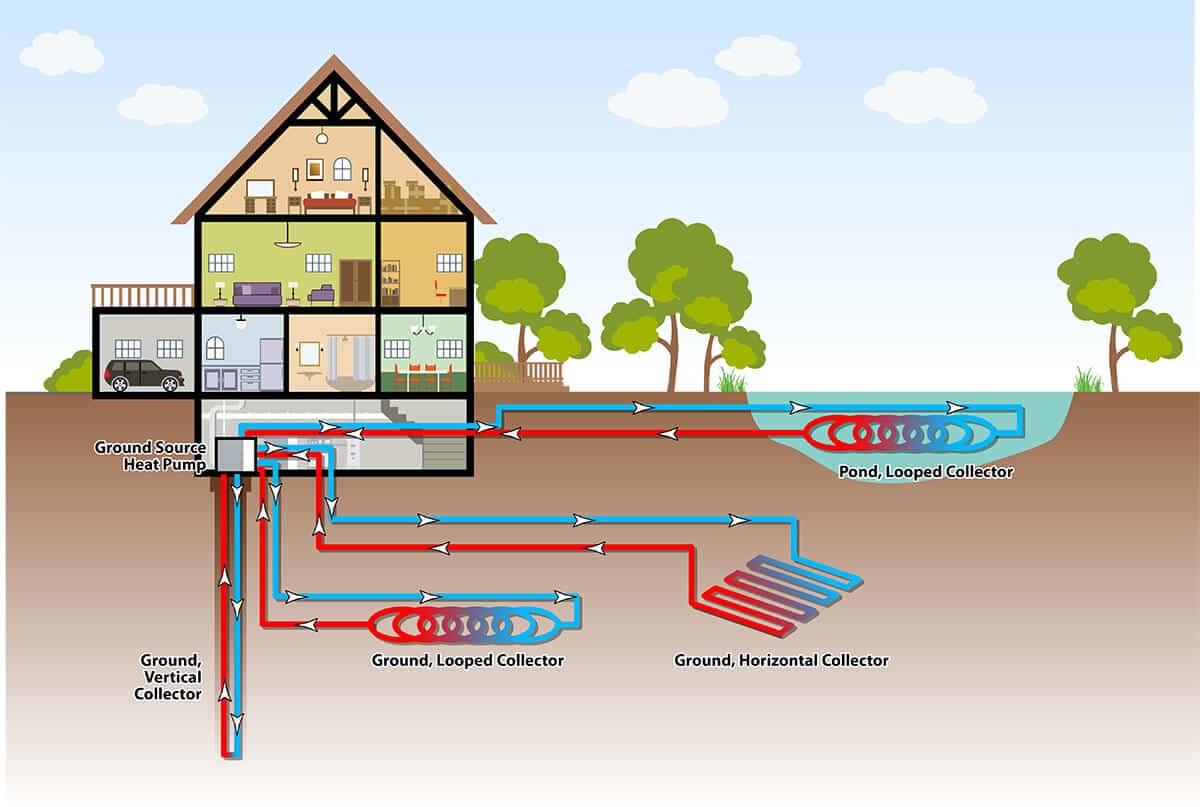
No matter how drastically the weather changes outside, the subterranean temperature remains, more or less, the same. The constant temperature 4-6 feet below the surface acts as a source of geothermal energy. It is connected by a system of underground pipes, an indoor handling unit, and a pump. Water flows through the tube to either carry heat from the earth to the house or from the house back to the earth. A pump helps in the overall circulation of water.
The geothermal pump works both ways. During winters, the earth’s heat is absorbed through the polyethylene wires and compressed by the indoor unit. This unit then distributes the heat throughout the house and keeps it warm. During summers, the heat inside the house is carried to the earth and distributed. Therefore, it makes the house cooler. Electricity is used only to power the indoor unit, compressor, and pump. They require minimal energy but are efficient.
What Should You Check Before Installing A Geothermal Pump?
The pumps might have established their importance, but you cannot just install it anywhere. The pumps rely on underground energy and have their own requirements as well. These are necessary to ensure that the pumps work correctly and effectively.
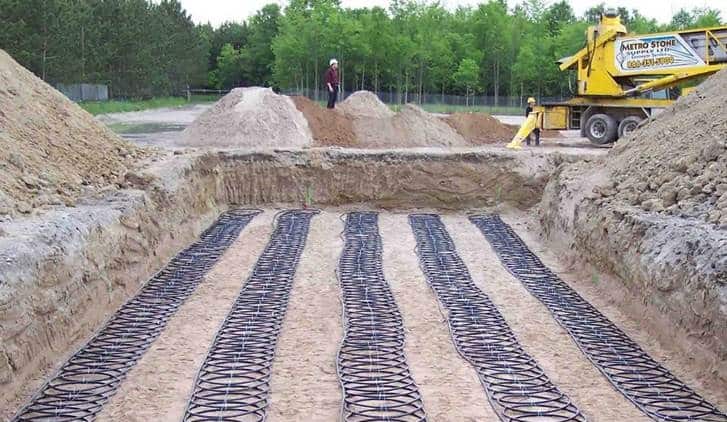
There are a few requirements to be met before a geothermal pump can be installed because it is necessary to make full use of renewable energy. It also helps in determining the location of pipes, the indoor unit, and other parts.
The following considerations are to be made:
Size of the Building Lot
It is important to determine the area of the place. A geothermal pump could be vertical or horizontal. If the area is small, vertical pipes are placed, while if the area is big, horizontal pipes are preferred.
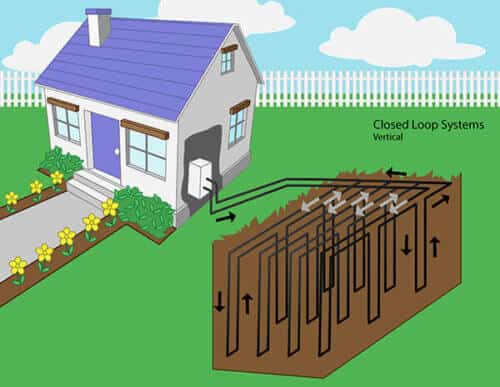
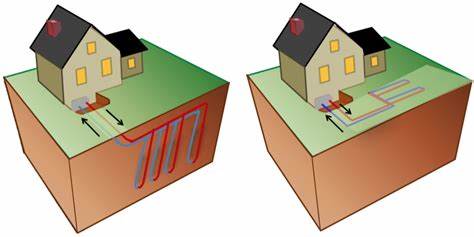
Insulation Level
Next, the level of insulation in your house is determined. It is one of the most critical steps in geothermal heat pump installation. The level of insulation is determined through heat load analysis. The capacity of the pump is also decided through such analysis.
Existing Heating System
It helps in realizing the amount of heating or cooling required. The pump could also be used to supplement the existing system instead of replacing it.
Also, work can be divided between the different heating systems or multiple geothermal pumps.
Other Considerations
Other things are also considered as whether the place requires an open or closed-loop or whether there is a water well to increase the capacity and efficiency of the pump. Also, the presence of fireplaces, windows, etc. is also important.
How To Install A Geothermal Pump?
After the requirements are met, and proper arrangements are made, the pump can be installed. Installing the pump will require professional help as it involves digging and the use of heavy machinery. Contacting geothermal heat pump installation firms would save time and effort. The best ones perform the job quickly and at competitive prices.
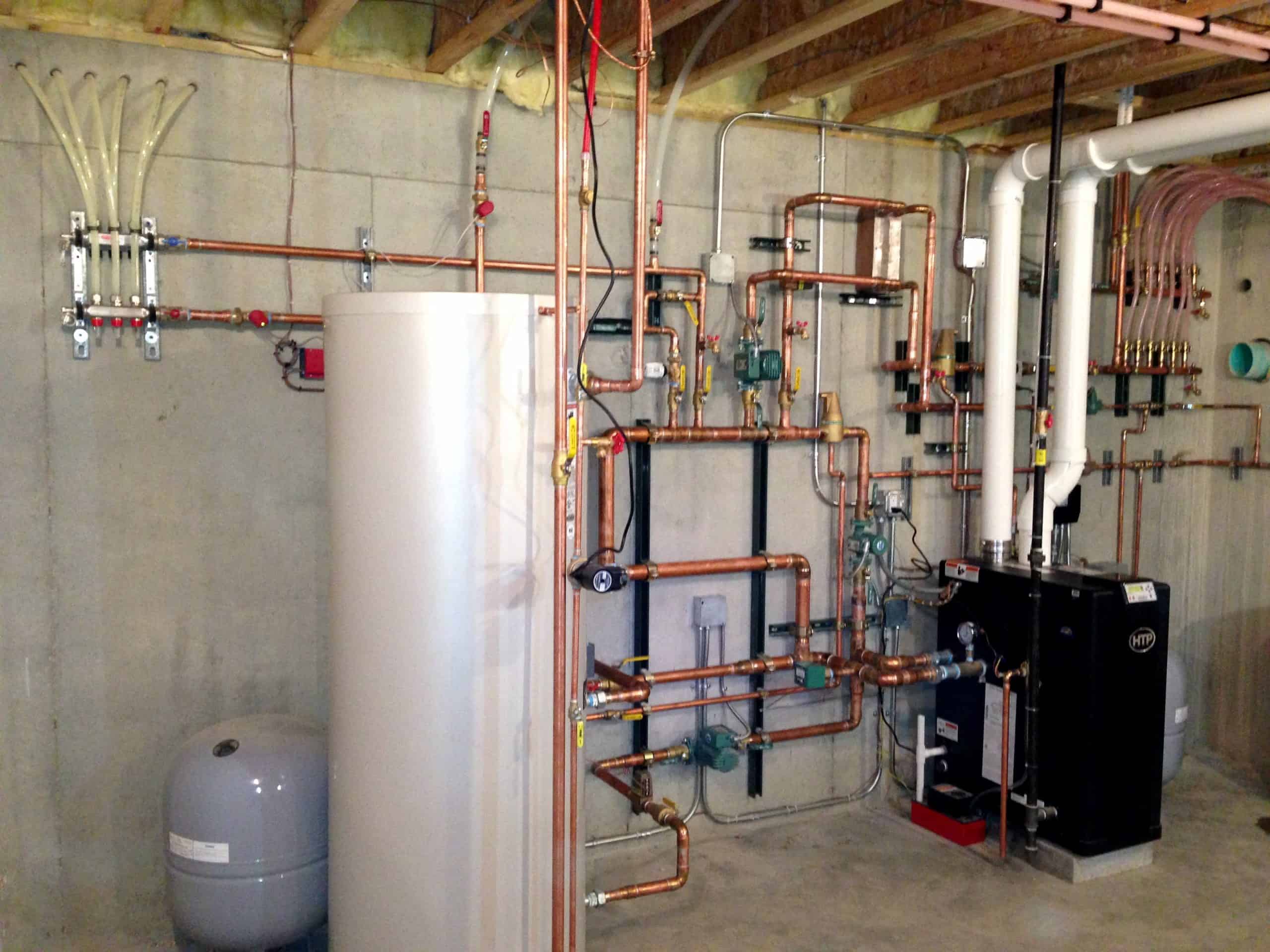
The following are the steps in the installation of a geothermal pump:
- The ground loop needs to be installed first. If it is vertical, it will require a drill. For a horizontal loop, a hole can be dug with simple tools. The loop can be set up after the basement of the home is poured. With machinery, the task could be completed within two days.
- Once the ground loop is set up, a ducted system is to be set up next. People prefer in-floor radiant heat, which can only be set up during the construction of the floors. Else, they have to be set as a system of ducts. The time to install the tubes depends upon the size of the house and the area to be covered.
- Next, the heat pump is installed and connected to the ducts and the ground loop. It also requires wiring and a connection to the thermostat. A ‘pump back’ is installed in the ground loop. An antifreeze solution is circulated throughout, a vacuum is created, and then the circuit is pressurized to ensure there is no leakage.
- Finally, the residential geothermal pump is started. If the house is under construction, it is started only after the completion to ensure there is no accumulation of dust. After it starts to operate, the water flow, entry and exit temperature, duct openings, and electricity input are checked. If everything works fine, the heat pump is considered installed and fully operational.
Can You Install A Pump In A Fully Constructed House?
Yes, a geothermal pump can be installed in an already constructed place. You can choose to replace your existing heating system with a residential geothermal pump. Again, you would require the help of professionals to do the job. The contractor hired for the job would remove your old system and install the pump. The same considerations are to be made that have already been discussed.
You can choose to change your existing and expensive air conditioning system with a money-saving pump. Only the cost of installation is high. Air conditioners require yearly maintenance, and they fail often. They consume electricity continuously and get dilapidated quickly. This is not the case with geothermal pumps, and therefore, they prove better in the long run.
Usually, the existing duct system is incorporated in the newly installed pump. The duct system is expanded to ensure the effectiveness of the pump. It is also modified as more leads are added to the system. The ductwork is usually the same for all types of heating systems. The ground loop can be laid by drilling or digging. Once the loop and duct system is ready, the heat pump is installed. It is connected to both, ground loop and duct system, to the thermostat and an electric panel. It takes longer to install the system in an already constructed house.
What Are The Advantages Of A Geothermal Pump?
Geothermal pumps are not the only way of powering air conditioning through renewable means. One can also depend upon solar cells and wind energy to power up various appliances. All the renewable means offer sustainable methods. Yet, the pumps should be preferred over the others for various reasons.

Unlike solar and wind energy, geothermal energy does not depend upon external factors. Whether it is windy or not, sunny or rainy, geothermal energy is always available. The following are the advantages that a residential geothermal pump offers over other methods:
- Geothermal pumps reduce electricity consumption up to 4 times more than Photovoltaic cells or wind energy. It is the most cost-effective means of reducing power consumption. It is also cheaper and requires lesser maintenance.
- The ground loop can be made horizontal or vertical. This offers the advantage of convenience, and therefore, you can install a pump in any house. Moreover, if an underground aquifer, the ground loop can be significantly reduced in size.
- The pumps do not make any noise and have almost no parts projecting out. They are also long-lasting. They require little or no maintenance. Once installed, the pumps usually run for decades and hardly require any change of parts.
- The pump can replace the entire heating and cooling system. They can be designed to carry multiple loads simultaneously. They can be used as geysers, to warm up pools, to cool or warm the indoors, and so forth.
- They do not use water, or rather, wastewater. The water that is circulated in the pipes is returned to the aquifer or reused. The water is not wasted or thrown away. The system makes use of subterranean energy, usually with the help of water.
Does The Government Offer Any Incentive?
The way towards a sustainable future is through combining efforts with everyone. The government has a significant role to play in the process. Without the backing of the government, nothing can be achieved. During many inter-governmental meetings, different States have promised different measures. One of such is to promote the use of renewable energies. These are supported by incentivizing the use through various means.

As a part of the promotion, most of the governments provide incentives. The government offers an incentive for geothermal heat pump installation. There are different ways of helping monetarily. Either a portion of the cost is incentivized, or the amount is financed at minimal or low interest. The installation could prove costly, but it is an excellent investment as it hardly requires any maintenance and provides efficient heating and cooling for decades.
Install Geothermal Pumps For A Better Future
Thus, geothermal pumps are the future of air conditioning. The whole world has taken a step forward towards sustainable development goals. It wants to leave a safer world for the upcoming generations. This cannot be achieved without the contribution of everyone. Through ways such as geothermal heat pump installation, you can make a difference.
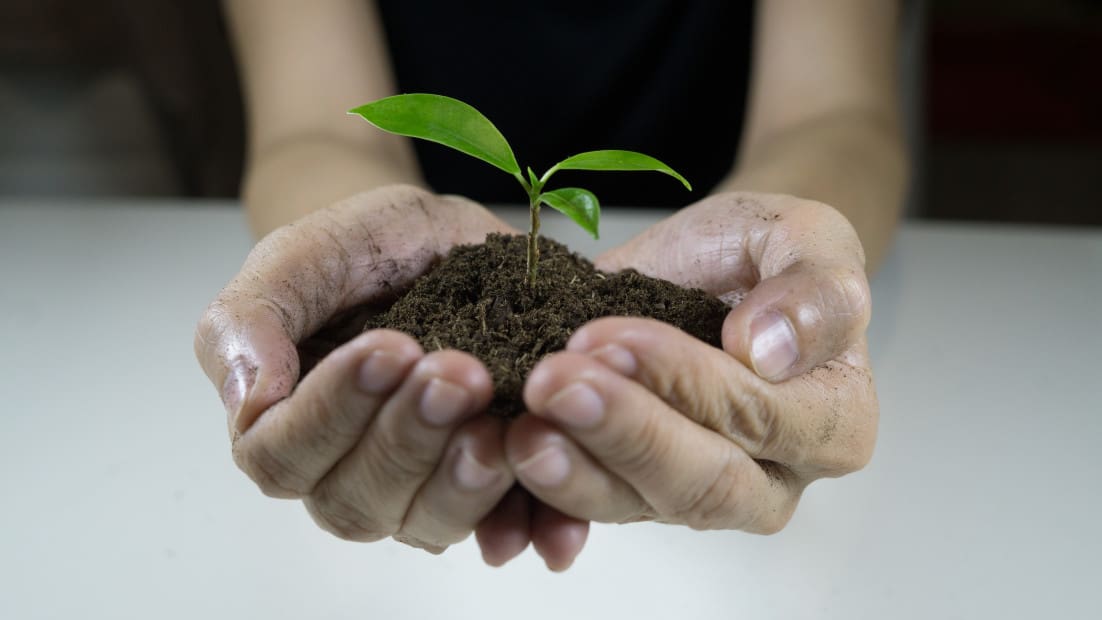
Also, you will see a drop in electricity bill while living in a cozy and comfortable environment.
One of the rising concerns recently has been the depletion in the ozone layer. It protects us from the harmful UV rays. The primary cause of the depletion was the emission of CFCs from refrigerators and air conditioners.

To avoid any such trouble in the future, adopting renewable resources is the only solution. Since refrigeration and air conditioning are two things that people usually cannot survive without, a major overhaul is needed in the area.
Therefore, geothermal pumps are cost-effective and eco-friendly. They prove better than solar and wind energy-powered appliances. They require almost no maintenance and run for decades. Moreover, they use minimal electricity and recycle water to maintain an ambient temperature.
Bottom line
Whether your house is under construction or already built, getting a geothermal pump is no issue. Contact the best contractor to get geothermal pumps installed and save the environment.